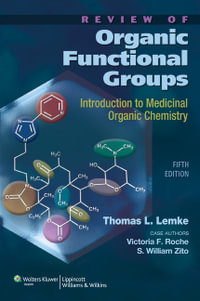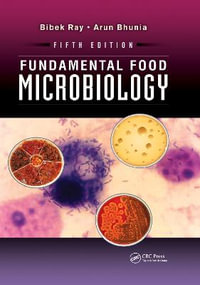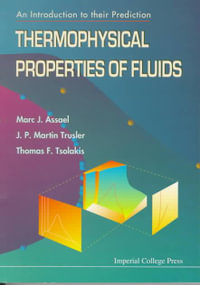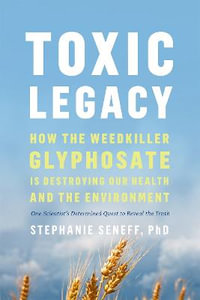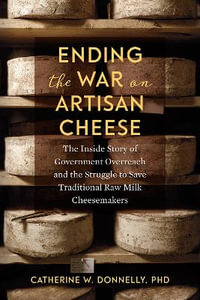Life-cycle analysis is a technique used to quantify the environmental impact of products during their entire life cycle. The different parts of the life cycle are examined from raw material extraction, manufacture, transport and use through to waste processing. For each stage an inventory is made of the energy and material consumption and of any emissions to the environment. This makes it possible to identify components where improvement can be made to benefit the environment. This type of investigation of products may bring economic advantages, as often material and energy consumption are reduced. Environmentally friendly products also have a marketing advantage, as consumers are becoming increasingly aware of 'green' issues. In addition, legislation is being introduced across the world to enforce environmentally friendly practices. The concept of product responsibility is commonplace and manufacturers and end-users must now consider the cradle to grave pathway of each product. There are many different types of environmental impact. For example, plastics are generally produced from fossil fuels, which are gradually becoming depleted.
The production process itself involves energy consumption and further resource depletion. During production emissions may occur to water, air or soil. Emissions of concern include heavy metals, chlorofluorocarbons, polycyclic aromatic hydrocarbons, volatile organic compounds, sulfur oxides and dust. These emissions have effects such as ozone depletion, carcinogenicity, smog, acid rain, etc. Thus production of a plastic product can have adverse effects on ecosystems, human health and the physical environment. This review describes the process of life cycle analysis in some detail. It describes the different organisations involved in researching and applying these techniques and the database resources being used to generate comparative reports. Many companies and organisations are now undertaking life cycle analysis of new and existing products. The Association of Plastics Manufacturers in Europe (APME) has been at the forefront in developing ecoprofiles for the plastics industry and users of plastic products. ISO has been active in generating new standards on environmental management, notably the ISO 14000 family of standards - a summary is included in this review.
Design for the environment is covered in the report, as one of the principal uses of life cycle assessment is to improve environmental performance from the first stages of product development. There are many factors to consider for each environmental impact assessment, so a system has to be used to highlight the most significant factors for comparisons to be made. One major advantage of plastic materials is their lightweight and strength - a thin polymer film may perform the same job as a thick layer of natural material, thus resulting in reduced material use and reduced energy costs in transport. Life cycle analysis is a crucial technique for the plastics industry in the 21st Century. Manufacturers and suppliers need to demonstrate that they are acting responsibly towards the environment in all aspects of production, from the design phase through consumer use and abuse, to disposal of end of life components. This overview of the subject explains the factors to be considered, the terminology, the organisations involved in developing these techniques and the legislation which is driving the whole process forward.
The ISO standards relating to environmental management are also discussed briefly in the document. This review is accompanied by summaries of selected papers on life cycle analysis and environmental impact from the Rapra Polymer Library database (formerly known as Rapra Abstracts). These papers, including overviews and case studies, are indexed to allow the reader to search for information on specific topics.












